Using Properties to Convert Traditional and Metric Units
Here, you will learn how to use properties to convert traditional and metric units.
[include_netrun_products_block from-products="product/mastering-grade-6-math-word-problems/" product-list-class="bundle-products float-left" product-item-class="float-left" product-item-image-container-class="p-0 float-left" product-item-image-container-size="col-2" product-item-image-container-custom-style="" product-item-container-size="" product-item-add-to-cart-class="btn-accent btn-purchase-ajax" product-item-button-custom-url="{{url}}/?ajax-add-to-cart={{id}}" product-item-button-custom-url-if-not-salable="{{productUrl}} product-item-container-class="" product-item-element-order="image,title,purchase,price" product-item-title-size="" product-item-title-wrapper-size="col-10" product-item-title-tag="h3" product-item-title-class="mt-0" product-item-title-wrapper-class="float-left pr-0" product-item-price-size="" product-item-purchase-size="" product-item-purchase-wrapper-size="" product-item-price-wrapper-class="pr-0 float-left" product-item-price-wrapper-size="col-10" product-item-read-more-text="" product-item-add-to-cart-text="" product-item-add-to-cart-custom-attribute="title='Purchase this book with single click'" product-item-thumbnail-size="290-380" show-details="false" show-excerpt="false" paginate="false" lazy-load="true"]This step-by-step guide teaches you how to convert traditional and metric units by using properties.

A step-by-step guide to using properties to convert traditional and metric units
Converting traditional and metric units can be done using properties, which are mathematical rules that allow you to change the units of a measurement while keeping the same value.
Here is a step-by-step guide to using properties to convert traditional and metric units:
- Identify the starting unit and the desired unit of the measurement. For example, you may want to convert 12 inches to feet.
- Find the conversion factor between the starting and desired units. In the example above, the conversion factor between inches and feet is 1 foot = 12 inches.
- Determine the appropriate property to use for the conversion. If you are converting from a larger unit to a smaller unit, use multiplication. If you are converting from a smaller unit to a larger unit, use division.
- Use the appropriate property to convert the measurement. To convert 12 inches to feet, divide 12 by 12 inches/foot, or multiply 12 by 1 foot/12 inches. The result is 1 foot, which is the equivalent of 12 inches.
- Check your work and simplify, if necessary. Make sure that the units of the answer are correct and simplified, if possible.
With these steps, you can convert traditional and metric units using properties. Practice with different examples to get more comfortable with unit conversions.
Using Properties to Convert Traditional and Metric Units – Example 1
Write proportion to convert 27 inches to yards.
Solution:
Step 1: Write a unit rate that expresses the relation between inch and per yard. \(\frac{1 yd}{36 in}\)
Step 2: Write the rate with the numbers in the problem. \(\frac{1 yd}{36 in}\)=\(\frac{? yd}{27 in}\)
Step 3: Utilize this proportion to convert. Divide 27 by 36.
\(\frac{1 yd}{36 in}\)=\(\frac{0.75 yd}{27 in}\)
Using Properties to Convert Traditional and Metric Units – Example 2
Write the proportion to convert 8 gallons to quarts.
Step 1: Write a unit rate that expresses the relation between inch and per yard. \(\frac{1 gal}{4 qt}\)
Step 2: Write the rate with the numbers in the problem. \(\frac{1 gal}{4 qt}=\frac{8 gal}{? qt}\)
Step 3: Utilize this proportion to convert. Multiply 8 by 4.
\(\frac{1 gal}{4 qt}=\frac{8 gal}{32 qt}\)
Recommended Math Resources
Here are a few helpful resources to support practice with measurement, unit conversions, and core middle school math skills.
Related to This Article
More math articles
- Grade 3 Math: Adding 3-Digit Numbers
- World Problems Involving Fractions of a Group
- Full-Length 8th Grade MCAS Math Practice Test
- Deciphering Chance: A Comprehensive Guide to Mutually Exclusive Events in Probability
- How to Solve Coterminal Angles and Reference Angles? (+FREE Worksheet!)
- How to Pass the FTCE Math Test?
- How to Find Magnitude of Vectors?
- How to Find Errors in Number Patterns
- 3rd Grade WY-TOPP Math Worksheets: FREE & Printable
- Best Free Apps That Solve Math Problems for You

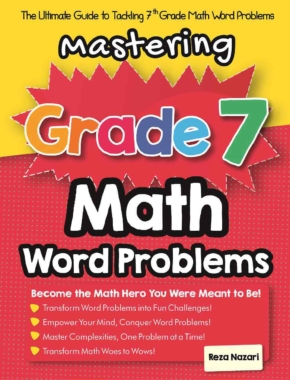









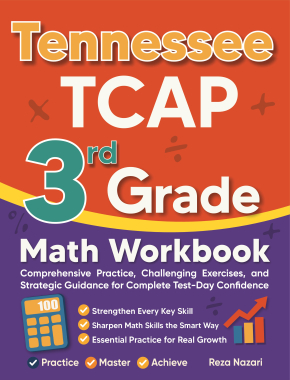

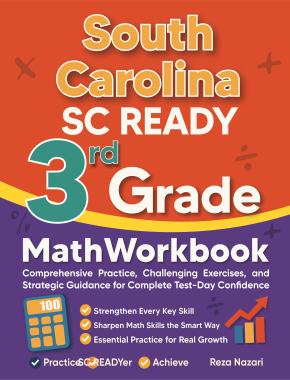
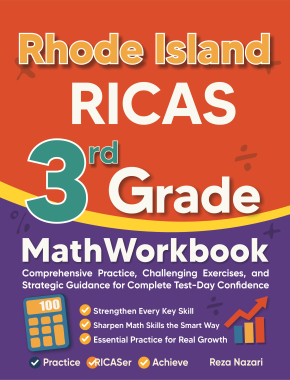

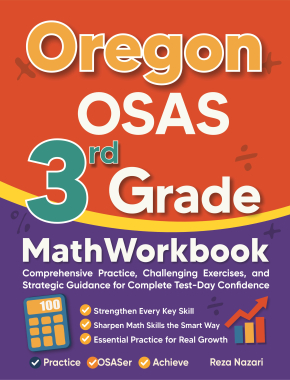
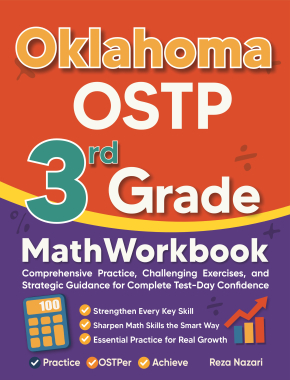



What people say about "Using Properties to Convert Traditional and Metric Units - Effortless Math: We Help Students Learn to LOVE Mathematics"?
No one replied yet.